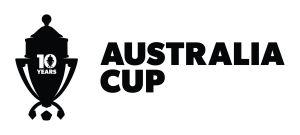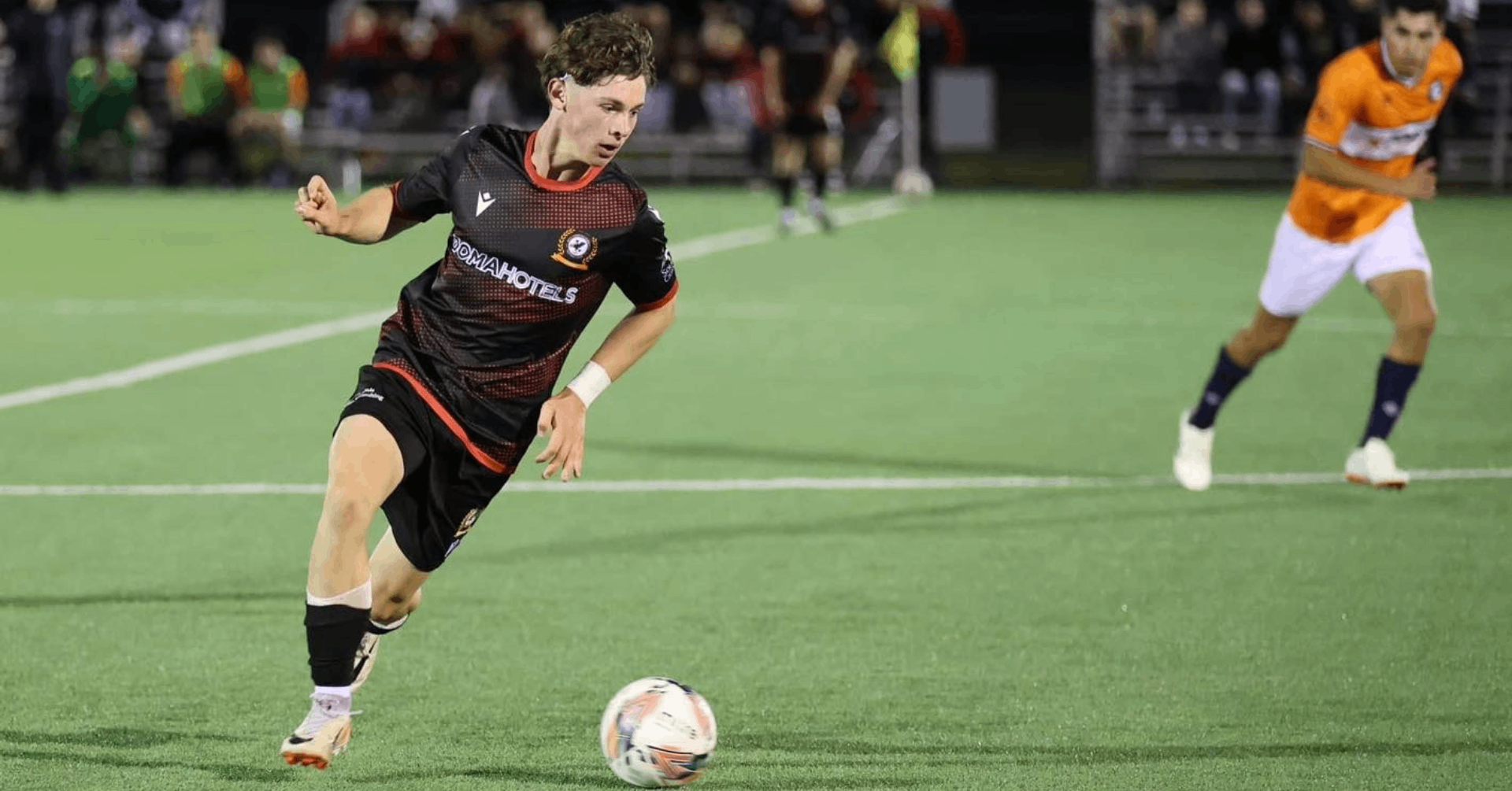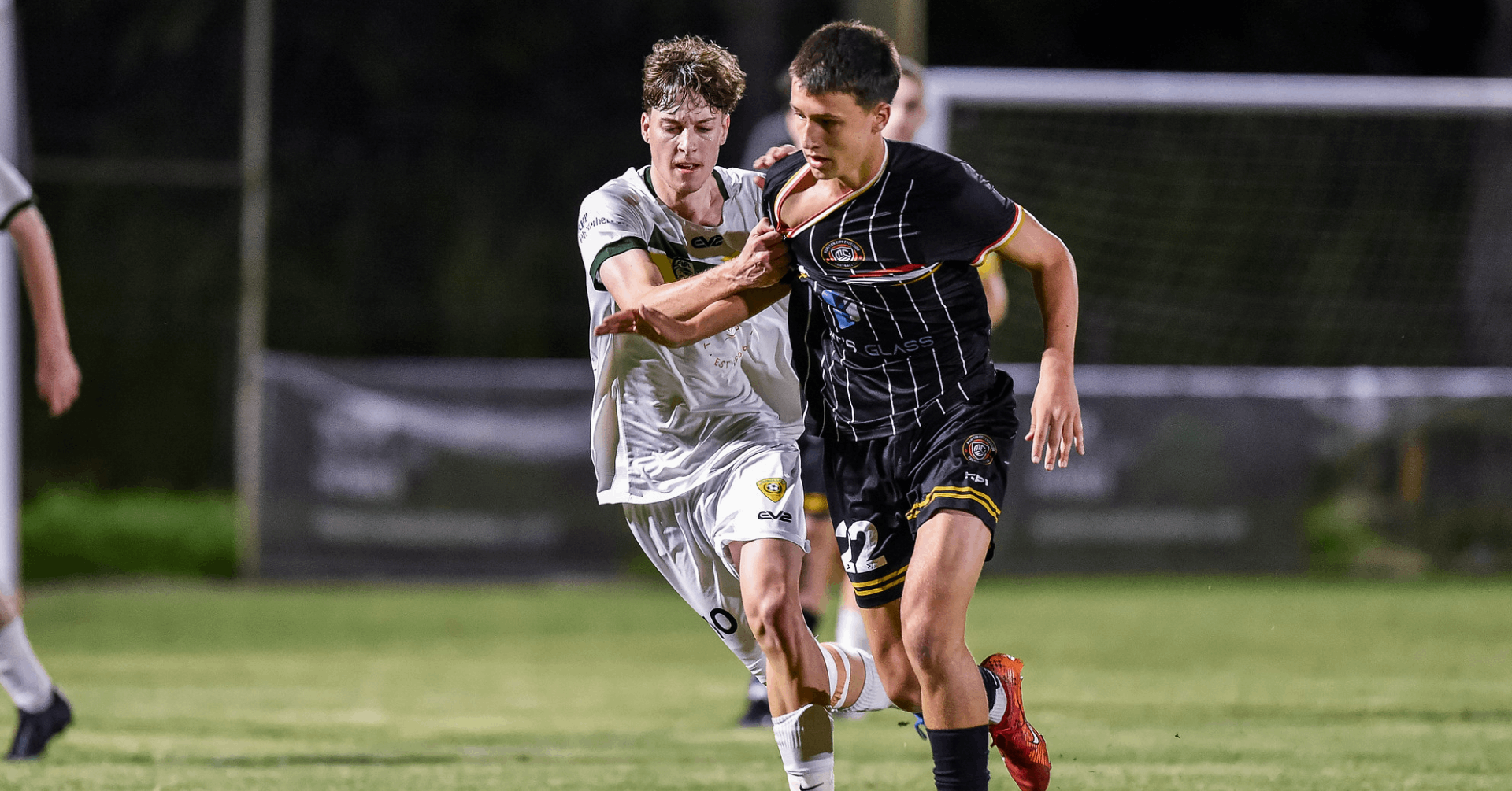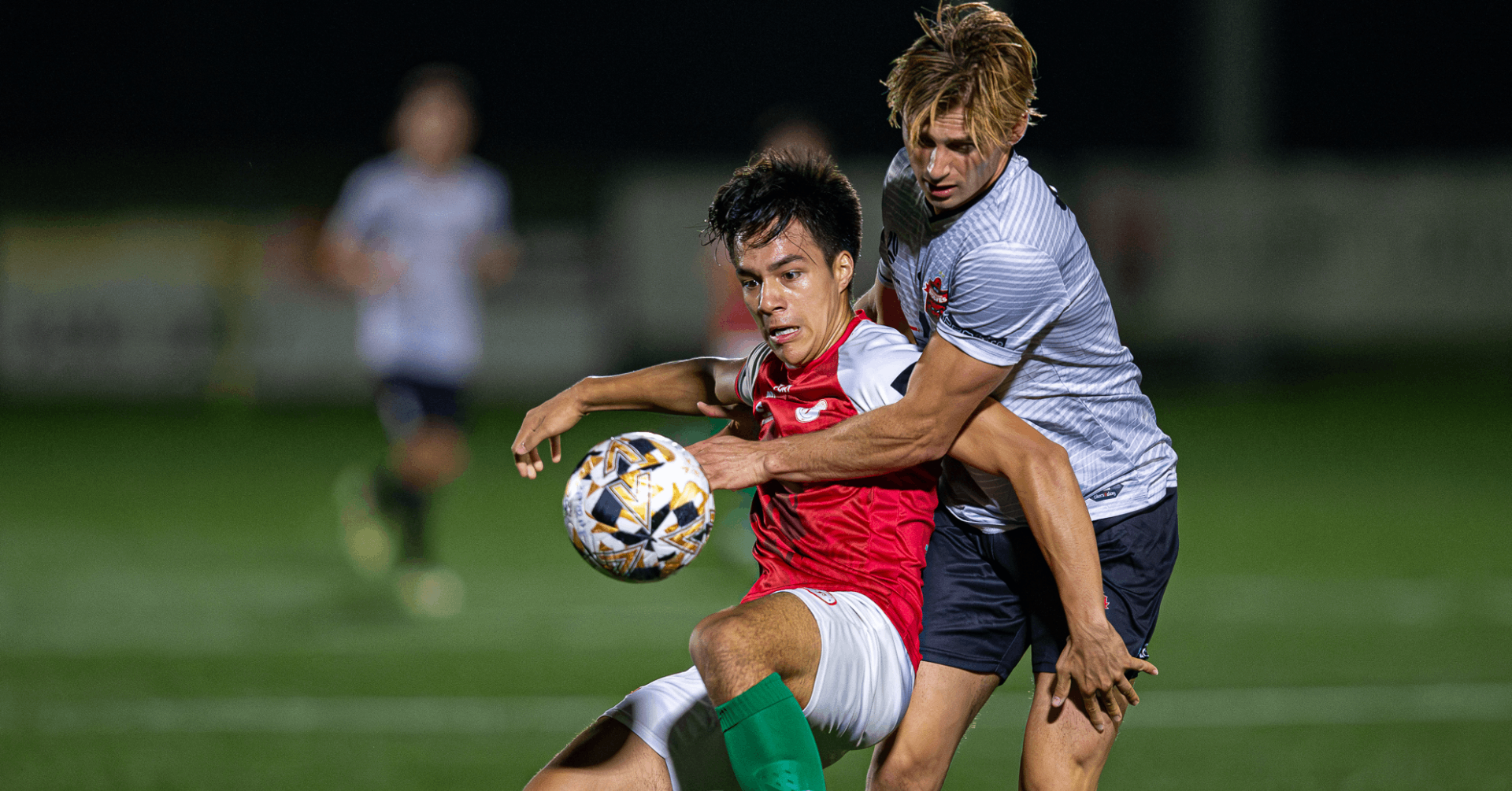Feature columnist Michael Cockerill looks into the emergence of artificial pitches in Australia.
Is Graham Arnold more nervous about returning to his old stomping ground for a potential banana-skin in the Westfield FFA Cup against Sydney United, or the fact that his team will be playing on an artificial pitch at Edensor Park? Line ball, I'd reckon.
Arnold is among the vast majority of Hyundai A-League coaches who choose to avoid artificial pitches, almost at any cost. Of all the coaches I've spoken to about the issue, and that's most of them, only Ernie Merrick has no problem with playing on fake grass.
It's no co-incidence, then, that Wellington Phoenix were happy to give Sydney United a warm-up game in preparation for the blockbuster against the Sky Blues.
So why are our elite coaches so opposed to artificial surfaces which, whether they like it or not, are the way of the future? A fear, partly based on five-year-old research, which suggests soft-tissue injuries and osteo pubis are a greater risk on fake grass than the real thing. The greater fear, I believe, is of the unknown.
The longer Hyundai A-League coaches refuse to play on artificial surfaces - unless forced to - the less educated they will remain about the huge advances made by technology in recent years.
David Gallop reckons it will be a long time before our top-level clubs own or run their own stadiums and therefore have the choice of what surface to play on. But I don't think the day when they start looking at putting artificial down on their training fields is that far off.
If Louis van Gaal can do that at Carrington, then our coaches will eventually have to get with the program. Given the economics of having a low maintenance field, and the surety of having an all-weather surface, perhaps the choice will be taken from them.
Robbie Stanton is coach of NSW NPL club Sutherland Sharks, who became the first club in the second-tier of Australian football to lay an artificial pitch.
That was nine years ago, and since then six other clubs in the competition have followed suit. As a regular spectator of the league, it's clear to me that the standard of play has improved dramatically as a result.
Not surprisingly, Stanton is a passionate advocate of fake grass - although he understands the trepidation of A-League coaches.
''They don't train on it or play on it, so I get why they are so cautious,'' Stanton says.
''But the truth is you get used to it in a relatively short space of time, maybe a couple of weeks.
''We've had it down for eight seasons, we do all the usual pre-hab, and there's no evidence it causes more injuries than natural grass.
“In all that time I've only had one player (Paul Kohler) leave the club because he reckoned it was too tough on him, and I respect his opinion.
“But it's allowed us to play the football we want to play, it's always pristine and the ball rolls true every time.
''The other benefit is you never have to cancel training or a game. I absolutely love it, I couldn't imagine going back to grass.''
The Sharks are about to relay a new surface for next season, and they can meet the $1million cost from profits made over the past eight years from six-a-side competitions and hiring out Seymour Shaw Park when other grounds are closed.
For cash-strapped state league clubs around the country, artificial is a game-changer in financial terms, simple as that.
None of this will alleviate the fears of Sydney FC, who will become the first Hyundai A-League club to play a competitive fixture on artificial grass.
What they are doing is outfitting their players in specialty boots, with a mixture of pimples and moulded studs. Choice of footwear is a simple preventative measure to help avoid muscle strains, but it too often overlooked.
Either way, there is no question artificial surfaces are here to stay.
IFA allow World Cup matches to be played on them, six Dutch first division clubs are this season playing on them, and if van Gaal can have his multi-million pound Manchester United stars training on them it's clear the momentum is inexorable.
The speed of the technological progress suggests sooner rather than later the 'feel' of fake grass versus natural grass will barely be noticeable. In the meantime, the Westfield FFA Cup is forcing Hyundai A-League coaches to open their minds, which is no bad thing.
Sign up to receive the official newsletter of the Westfield FFA Cup



